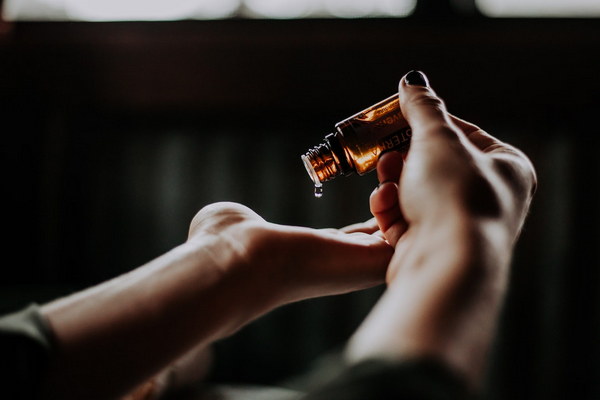Post-Induction Abortion A Comprehensive Guide to Physical Recovery and Self-Care
After an induction abortion, the body goes through a period of recovery that requires special attention and care. This article provides a comprehensive guide to help you navigate the post-abortion recovery process, focusing on physical healing and self-care practices.
Introduction
Induction abortion is a medical procedure that terminates a pregnancy before the baby is born. It can be a physically and emotionally challenging experience. The body needs time to heal and regain its strength after such an event. This guide will help you understand what to expect during the recovery period and offer practical advice on how to promote physical healing and well-being.
1. Rest and Recovery
The first few days after an induction abortion are crucial for rest and recovery. Here are some tips to ensure you get the rest you need:
- Take it easy: Avoid any heavy lifting or vigorous exercise for at least two weeks.
- Stay in bed: Resting in bed helps your body conserve energy and aids in healing.
- Listen to your body: If you feel tired or exhausted, don't hesitate to take a nap or an extended rest period.
2. Nutrition and Hydration
A balanced diet and adequate hydration are essential for recovery:
- Eat a balanced diet: Consume a variety of fruits, vegetables, whole grains, lean proteins, and healthy fats.
- Stay hydrated: Drink plenty of water and avoid caffeine and alcohol, as they can dehydrate you and interfere with healing.
- Consider nutritional supplements: Discuss with your healthcare provider whether you might benefit from supplements like iron or vitamin C to support your recovery.
3. Pain Management
Managing pain is an important part of the recovery process:
- Medication: Follow your healthcare provider's instructions for pain medication. Avoid taking ibuprofen or other NSAIDs for the first few days, as they can increase bleeding.
- Heat therapy: A warm bath or a heating pad can help alleviate cramping and discomfort.
- Breathing exercises: Practice deep breathing techniques to reduce anxiety and manage pain.
4. Personal Hygiene
Maintaining good hygiene is essential to prevent infection:
- Gentle cleaning: Use mild soap and water to clean your abdomen and vaginal area.
- Tampons: Avoid using tampons for at least two weeks after the procedure. Use pads instead to collect any discharge.
- Vaginal discharge: Be aware that you may experience a significant amount of vaginal discharge, which is a normal part of the healing process.
5. Emotional Support
Emotional recovery is just as important as physical recovery:
- Seek support: Talk to friends, family, or a support group about your feelings and experiences.

- Professional help: If you're struggling with depression, anxiety, or other emotional issues, consider seeking the help of a mental health professional.
- Mindfulness practices: Engage in activities that promote relaxation and stress reduction, such as meditation, yoga, or gentle exercise.
6. Follow-Up Care
Regular follow-up with your healthcare provider is crucial to monitor your recovery:
- Appointments: Attend all scheduled appointments for check-ups and to discuss any concerns or complications.
- Communication: Keep your healthcare provider informed about your symptoms and progress.
Conclusion
Recovery from an induction abortion is a gradual process that requires patience and care. By following these guidelines, you can help ensure a smoother and healthier recovery. Remember, it's normal to experience a range of emotions and physical sensations during this time. Be kind to yourself and seek support when needed. With time and attention to your physical and emotional well-being, you will heal and move forward.









